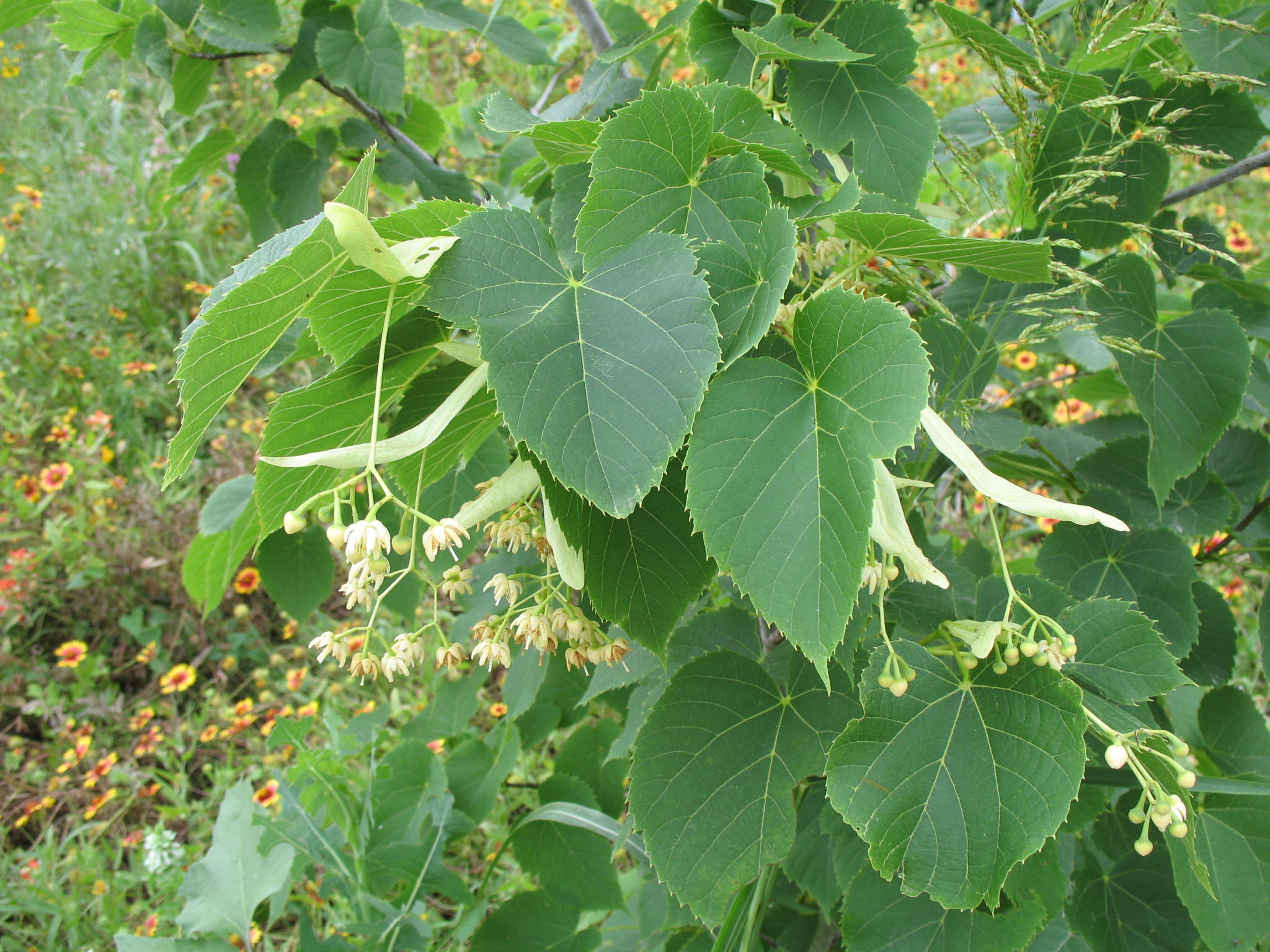Carolina basswood
(Tilia americana caroliniana)

Description
Tilia americana caroliniana, commonly known as Carolina basswood, is a deciduous tree native to North America. It is a member of the Tiliaceae family and is closely related to other species of lindens, also known as basswoods. Carolina basswood is an attractive tree that can grow up to 80 feet tall, with a straight trunk and a dense, rounded crown. It is a popular ornamental tree in many parts of the United States due to its shade tolerance, fragrant flowers, and attractive foliage. In this article, we will provide a detailed overview of Carolina basswood, including its physical characteristics, growing conditions, and uses. Physical Characteristics: Carolina basswood is a large, fast-growing tree that can reach up to 80 feet tall with a trunk diameter of up to 3 feet. Its bark is smooth and gray when young, but becomes rough and deeply furrowed as the tree ages. The leaves are large, heart-shaped, and typically 4-7 inches long and wide. They are dark green on the upper surface and lighter green on the lower surface, with serrated edges. The leaves turn yellow in the fall before dropping. Carolina basswood produces fragrant, yellowish-white flowers in early summer, which are arranged in drooping clusters. The flowers are highly attractive to bees and other pollinators and are an important source of nectar for honeybees. After pollination, the tree produces small, round, nut-like fruits that are enclosed in a papery bract. Growing Conditions: Carolina basswood is a hardy tree that is well-adapted to a range of growing conditions. It prefers moist, well-drained soils and partial shade but can tolerate full sun and a variety of soil types, including clay and sandy soils. It is generally tolerant of urban conditions, including pollution and compacted soils. Carolina basswood is native to the eastern United States and is typically found in forests, along riverbanks, and in other wetland habitats. It is hardy in USDA Zones 3-8 and is drought-tolerant once established. Uses: Carolina basswood has a long history of use by Native Americans, who used the inner bark to make rope and cordage, as well as baskets, mats, and other woven items. The wood is lightweight and easy to work with, making it a popular choice for carving and other woodworking projects. The flowers are highly attractive to bees and other pollinators, making Carolina basswood a valuable honey plant. The tree is also used as an ornamental tree in landscaping, due to its attractive foliage, fragrant flowers, and tolerance of urban conditions. Additionally, the tree is sometimes used as a shade tree, due to its dense, rounded crown. Conclusion: Carolina basswood is a beautiful and versatile tree that is well-suited to a range of growing conditions. It is a popular ornamental tree, due to its attractive foliage and fragrant flowers, and is also valued for its use in woodworking and as a source of nectar for honeybees. If you are considering planting a Carolina basswood, be sure to choose a location with well-drained soil and partial shade, and be prepared for a fast-growing tree that can reach heights of up to 80 feet. With proper care, Carolina basswood can be a valuable addition to any landscape, providing shade, beauty, and ecological benefits.
Taxonomic tree:







